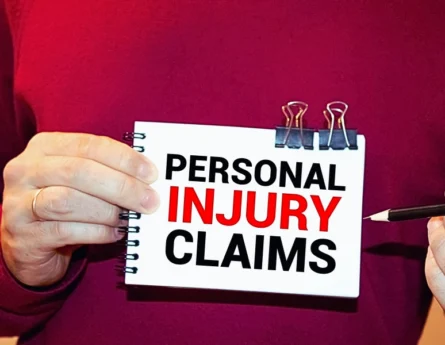Every chiropractor has encountered it: a patient who starts strong after an accident but quickly falls off their treatment plan. Maybe they miss appointments, skip home exercises, or decide they’re “feeling fine” before you’ve completed care. While frustrating from a clinical perspective, in personal injury cases noncompliance is more than just a health concern—it can also jeopardize the patient’s claim.

Why Patients Stray from the Plan
Understanding why patients deviate from care is the first step in addressing it. Common reasons include:
- Financial stress. Even if treatment is under a lien or letter of protection, patients may worry about mounting bills.
- Busy schedules. Work, childcare, and daily responsibilities can make it difficult to keep regular appointments.
- Feeling “better.” Some patients stop care prematurely once symptoms ease, not realizing that underlying issues remain.
- Skepticism. Patients may doubt the need for ongoing chiropractic treatment.
By uncovering the “why,” you can respond with empathy and solutions tailored to their situation.
The Clinical and Legal Consequences of Poor Treatment Follow-Through
From a clinical standpoint, inconsistent treatment can slow healing or even cause setbacks. In cases of herniated discs, sprains, or whiplash injuries, stopping care too soon may allow symptoms to return or worsen.
From a legal standpoint, missed appointments or long gaps in care raise red flags. Insurance companies often argue:
- If the patient isn’t following the plan, the injury must not be severe.
- Gaps in treatment mean the pain came from something other than the accident.
- The patient didn’t do everything possible to get better, so damages should be reduced.
In short, a patient’s failure to comply can weaken the credibility of their entire claim.
How Chiropractors Can Respond
Here are a few practical strategies chiropractors can use to help patients stay on track:
Educate Early and Often.
Explain not only what the treatment plan involves, but why each step matters. Patients are more likely to follow through when they understand that consistent care strengthens both their recovery and their personal injury claim.
Document Noncompliance
If a patient misses appointments or declines recommended care, make a clear note in the file. Neutral, factual documentation protects your credibility and gives attorneys an accurate record of the situation.
Communicate with the Attorney
If you notice a pattern of noncompliance, reach out to the patient’s attorney. Often, a reminder from legal counsel about how missed care can affect a settlement motivates patients to get back on track.
Offer Flexibility Where Possible
Patients may struggle with scheduling or transportation. Adjusting appointment times or providing guidance for home care between visits can reduce barriers.
Reassess and Reframe
Sometimes patients disengage because they feel progress is slow. Reviewing objective findings—such as range of motion improvements or decreased muscle tension—helps them see the progress they might not feel day-to-day.
Protecting Yourself and Your Patient
At the end of the day, you can’t force compliance. What you can do is educate, document, and communicate. Even if a patient continues to miss care, your clear notes ensure that the medical record reflects your professional efforts. This protects both your practice and the patient’s claim as much as possible.




